Parent Tips: Editing words & flow
In Levels 1-4 of the June Writers curriculum, kids learn to write clean and clear texts that will reach their specific audience. This is no small feat and, for most writing kids will do in the world beyond school, this is enough; sadly, most adults don’t even have these foundational skills.
In Level 5: Solo Editing, though, we help your child go from clear mechanics to high-impact mechanics by teaching kids to edit for what we call words and flow. This means your child learns to pay attention to word choice, parallel construction, not ending a sentence with prepositions, deleting unnecessary words, the rhythm and flow of how the words and sentences fit together, and other style choices that align with their audience, rhetorical strategies, and genre. After all, there can be a world of difference between a technically correct sentence and a powerful sentence:
You should go where people celebrate you, not just where you’re tolerated.
versus …
Go where you’re celebrated, not where you’re tolerated.
Those sentences mean the same thing, but only one lends itself to a motivational poster featuring kittens. Of course, most children don’t aspire to write Pinterest memes for a living. This choice is understandable. But even kids who don’t want to go into marketing or professional writing will benefit from knowing how to make their words stick. Writing is a powerful tool for persuading people across time and space to think the way you do about the topics that matter most to you, and in an era when people are inundated with an unprecedented number of words and messages, being able to make yours burrow into someone’s mind with a few small adjustments is a wickedly powerful tool. Consider the difference between these two sentences:
The food at the restaurant was nice.
The protein and soup courses at the restaurant were well-seasoned and bright.
Which is most likely to convince you to try the restaurant? Most people will say the latter: the one with the specific word choices. Now apply this reality to the memos your child may someday need to write to their investors or colleagues, or to the books they hope to produce on the subjects that light up their brain. Or, more immediately, your child’s college admission essays. Or high school admissions essays. Why wouldn’t you want them to have this powerful tool? June Writers likes teaching this skill because, in addition to creating memorable writing, it forces kids to think even more deeply about what they’re trying to say. Refining a thought —> refined writing —> further refined thought.
To learn this skill, we ask kids to work first on applying the concepts to short texts. Paying this much attention to every word and sentence can be exhausting, so your child needs to build up the skill in smaller doses. This is why we have them work on editing mangled aphorisms and (secular) proverbs. Once your child becomes comfortable working at that scale, we move them on to using their new skills on all the texts they worked on in the first half of this level. Throughout, you will hear your child muttering a great deal—an excellent sign! If your child is silent during these practices, it means they are not using the critical editing techniques they need to do this work. So, please make sure you encourage your child to read their text out loud as they edit.

